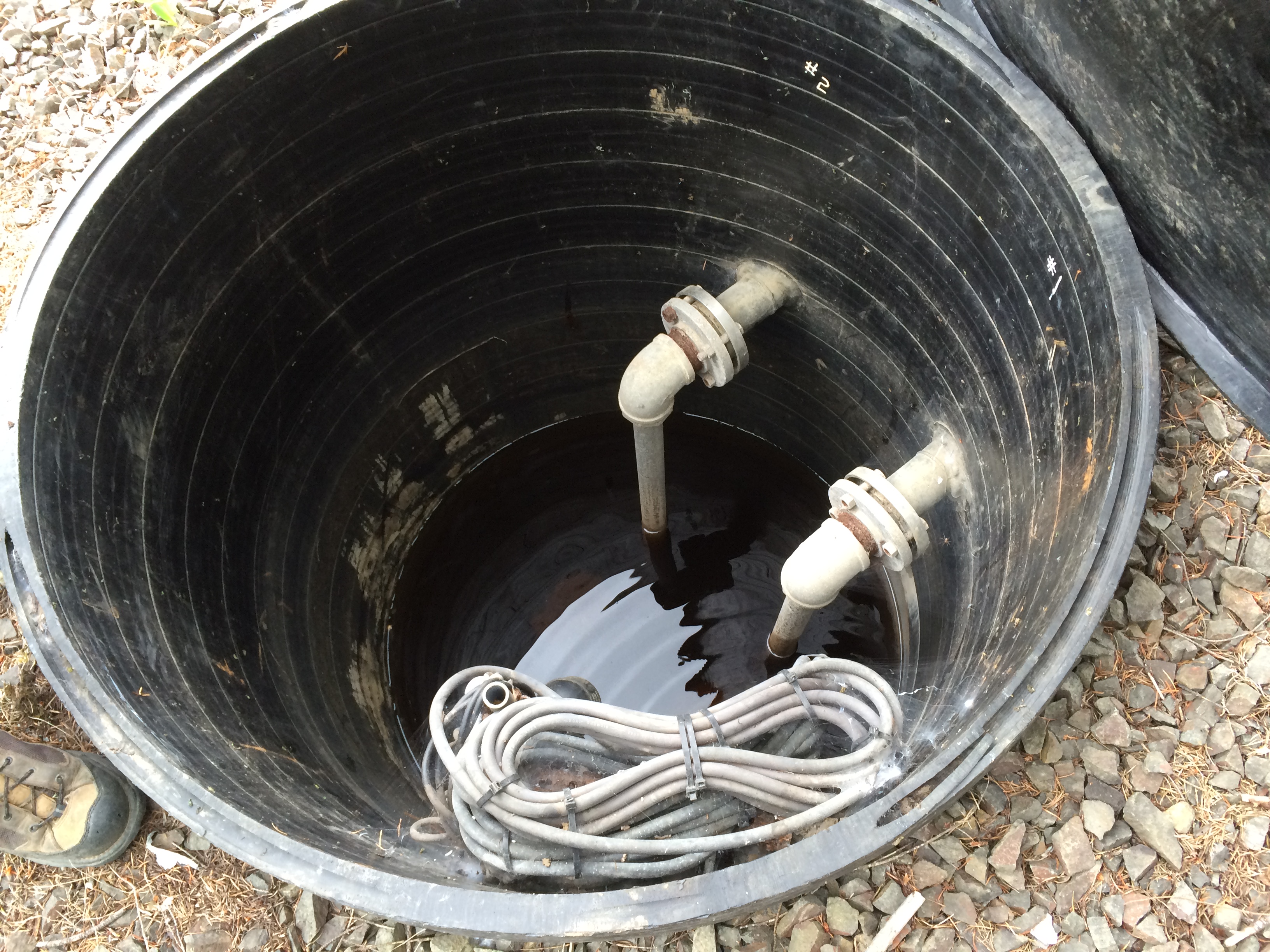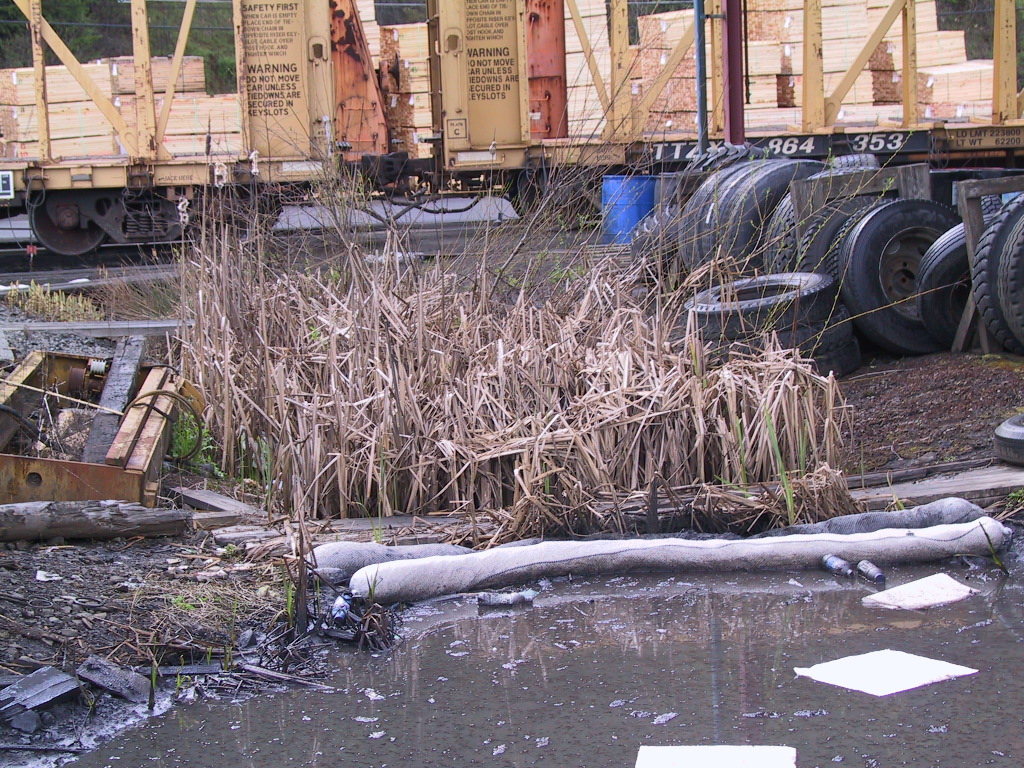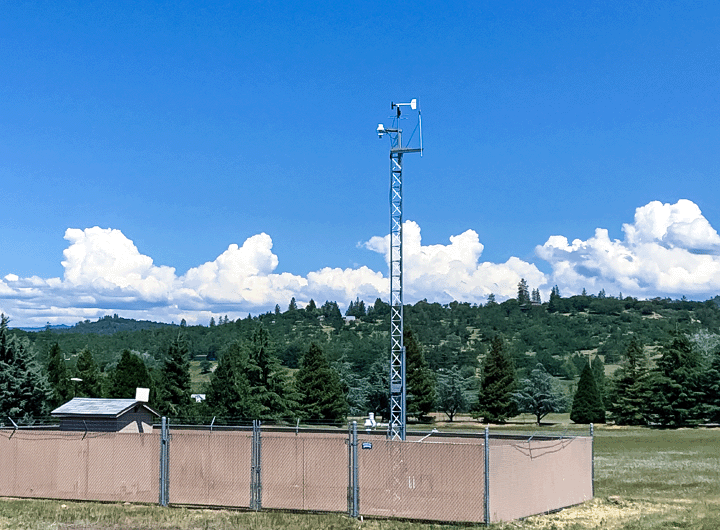Thought Leadership
Stormwater BMPs – Recommendations for Oregon Tier II Corrective Actions

Many Oregon businesses were caught off-guard when the state lowered the effluent benchmark levels significantly in the 2012 update of the 1200-Z industrial stormwater permit. The resulting benchmark levels are so low that most industries covered by the permit have been unable to meet them consistently. Last year, several hundred facilities in the northwest region of the state exceeded the benchmarks to the point of triggering a Tier II corrective action, which requires installation of a stormwater treatment system designed to bring contaminant levels into compliance. This year, numerous industries in other parts of the Oregon are in a tight predicament, as they too are now facing the Tier II challenge.
It is important for businesses to stay vigilant in managing the quality of their stormwater discharges, not only to protect the health of salmon and other aquatic species, but also to avoid regulatory enforcement and potential lawsuits from citizen groups, who can (and do) sue under the provisions of the Clean Water Act. Compliance with the permit benchmarks, especially those for copper and zinc, can pose a significant challenge and expense, as these metals are quite ubiquitous in our environment. In fact, water quality data compiled by the Washington State Department of Ecology shows that stormwater discharged from commercial and even residential areas often exceeds the industrial permit benchmark levels (although commercial and residential areas are most often not required to do anything about it).
Implement Operational and Source Control Stormwater Best Management Practices

An ounce of prevention is certainly worth a pound of cure and some industries have been able to meet the benchmarks by diligently implementing best management practices (BMPs) that reduce the sources of pollutants in stormwater. These BMPs may include coating galvanized roofs to minimize the amount of zinc leaching, moving metal materials or equipment indoors, or frequent pavement sweeping to remove copper and zinc dust that accumulates when vehicle brakes and tires wear off. Yet, for many businesses, even the most impressive BMP plan does not achieve benchmark compliance and treatment measures are required to remove pollutants from stormwater prior to discharge. Treatment is not cheap and without effective and innovative planning, implementing a new system can be both stressful and extremely expensive.
Recommendations for Tier II Corrective Action Response Challenge
I have compiled a few recommendations for managers and owners of businesses facing the Tier II corrective action response challenge that will avoid unnecessary stress and expenses.
Start Now
The discharge monitoring report that compiles the monitoring data, as well as the geometric mean concentration that determines whether a Tier II corrective action response is required, is due by July 31, 2015; a Revised Tier II Stormwater Pollution Control Plan (SWPCP) with proposed stormwater treatment measures is due by December 31, 2015. Utilize the period between August and December to fully evaluate your options and start as early as possible. Waiting until November or December to start putting together a plan will undoubtedly result in a headache.

Understand Your Facility and Business
The proposed treatment measures must be designed by a licensed professional engineer or certified engineering geologist with the goal of achieving the permit benchmark(s). Make sure you work with an engineer who is not only experienced in industrial stormwater treatment in the Northwest, but also one that takes the time to understand your facility and business. Evaluate multiple treatment options, including their treatment effectiveness, capital and long-term costs, operation and maintenance requirements, footprints, and potential impacts to site operations. Some technologies may appear attractive due to lower capital costs, but may have quite high annual operation and maintenance costs. Many technologies that fit your budget may not fit the physical constraints of your site. Some alternatives may require a dedicated staff to operate the system day-to-day.
Involve Facility Staff
Involve facility staff who will be responsible for operating and maintaining the treatment measures in the selection and siting of proposed treatment technologies.
Implementation Schedule
A phased implementation approach may be required to meet the implementation deadline (June 31, 2017) or to spread out the capital expenses.
Account for Delays
Consider permitting costs and timelines, as certain projects may require federal permits that can take more than a year to obtain. Do not wait until 2017 to start final design and permitting – account for potential permitting and construction delays.
Oregon businesses that take the time and effort to thoroughly evaluate the advantages and disadvantages of multiple options will ensure that the selected treatment measures fit their business needs and budget, site constraints, and regulatory requirements.
You can learn more about our stormwater management services here or contact us if you have any questions.



